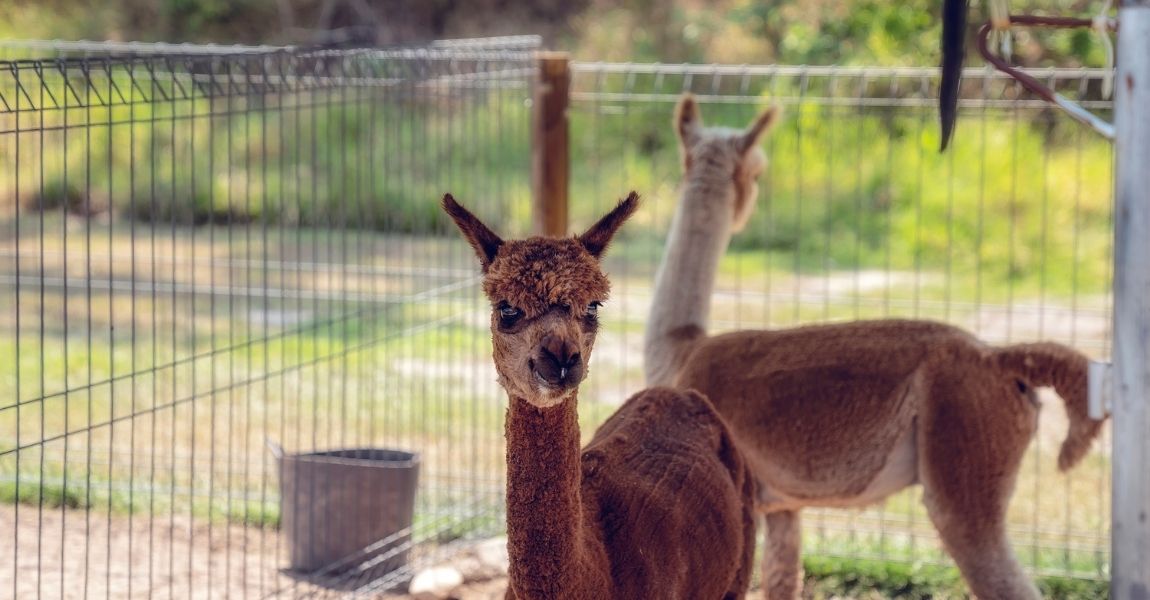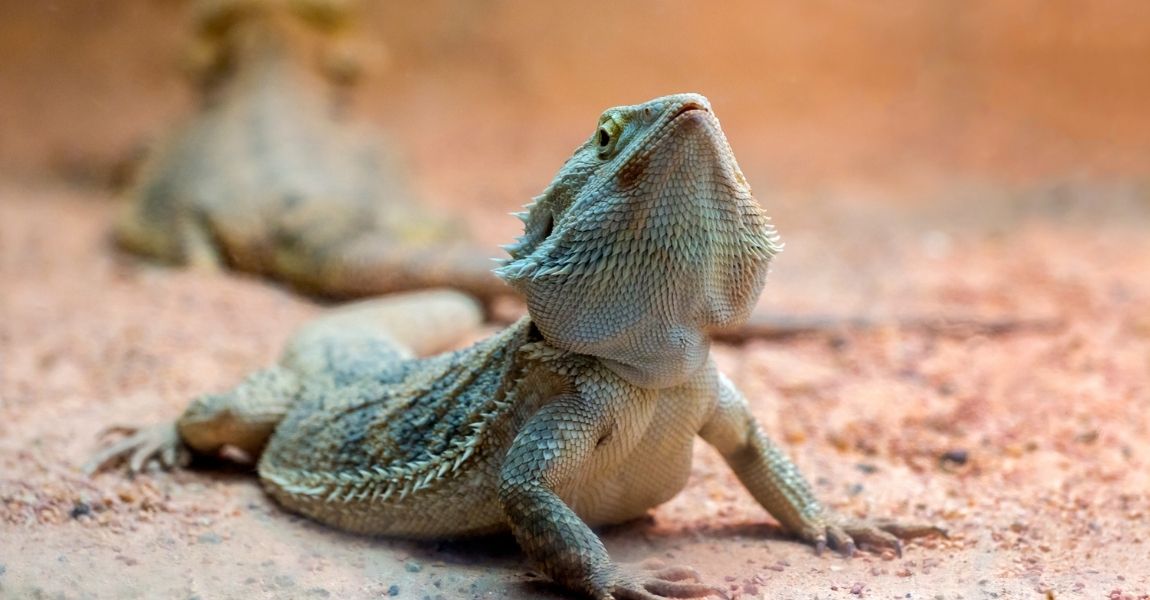Introduction:
Alpacas are fascinating and unique animals known for their soft fleece and gentle temperament. As conscientious alpaca owners, it is essential to provide them with a stimulating and enriching environment that supports their physical and mental well-being.
Understanding the Importance of Enrichment:
Enrichment refers to the provision of activities, objects, and experiences that enhance an animal's overall welfare by promoting natural behaviors, reducing stress, and preventing boredom. By offering enrichment opportunities, we can help alpacas exhibit their innate behaviors, prevent unwanted behaviors caused by stress, and keep them mentally engaged.
Physical Enrichment:
a. Pasture and Grazing: Alpacas are natural grazers, so providing access to a well-maintained pasture is crucial. Rotate their grazing areas regularly to prevent overgrazing and maintain nutrient-rich forage.
b. Foraging Toys: Introduce toys or containers filled with hay, straw, or dried leaves to encourage natural foraging behavior. This mimics their instinct to search for food and helps alleviate boredom.
c. Obstacle Courses: Create a simple obstacle course using sturdy materials like logs, tires, or tunnels. This encourages physical activity and mental stimulation as they navigate through different challenges.
Social Enrichment:
a. Herd Dynamics: Alpacas are social animals and thrive in the company of their herd. Ensure they have ample space to interact with other alpacas, which allows for natural social behaviors and promotes emotional well-being.
b. Introductions to New Herd Members: Gradually introduce new alpacas to the existing herd, following a proper acclimatization process. This promotes social integration and minimizes potential conflicts.
Mental Stimulation:
a. Novel Objects: Introduce safe and intriguing objects into the alpaca's environment, such as large balls, hanging mobiles, or even puzzle feeders. This helps stimulate their curiosity and provides mental challenges.
b. Environmental Changes: Occasionally rearrange elements within their living space, like moving feeders, water troughs, or shelters. Alpacas are sensitive to changes in their environment, and new arrangements keep them engaged and alert.
c. Training and Clicker Conditioning: Alpacas are intelligent and can be trained using positive reinforcement techniques. Teach them simple commands, such as target training or obstacle navigation, using a clicker and rewards. This strengthens the human-animal bond and mentally stimulates them.
Sensory Enrichment:
a. Visual Stimulation: Alpacas have excellent vision and are responsive to visual stimuli. Place mirrors strategically, add colorful flags or wind chimes to their pasture, or provide a view of nature to offer visual variety and enrichment.
b. Auditory Stimulation: Play soothing music or nature sounds near their living area, which can have a calming effect and mask any sudden or alarming noises.
c. Tactile Stimulation: Gently brush and groom alpacas regularly, which not only keeps their fleece healthy but also provides positive tactile stimulation.
Conclusion:
Enrichment and stimulation are vital components of alpaca care, supporting their overall well-being, reducing stress, and preventing undesirable behaviors. By incorporating physical, social, mental, and sensory enrichment activities into their daily lives, we can ensure that our alpacas lead happy, healthy, and fulfilled lives. Remember to observe their preferences and adjust enrichment strategies accordingly, as each alpaca may have individual preferences.





